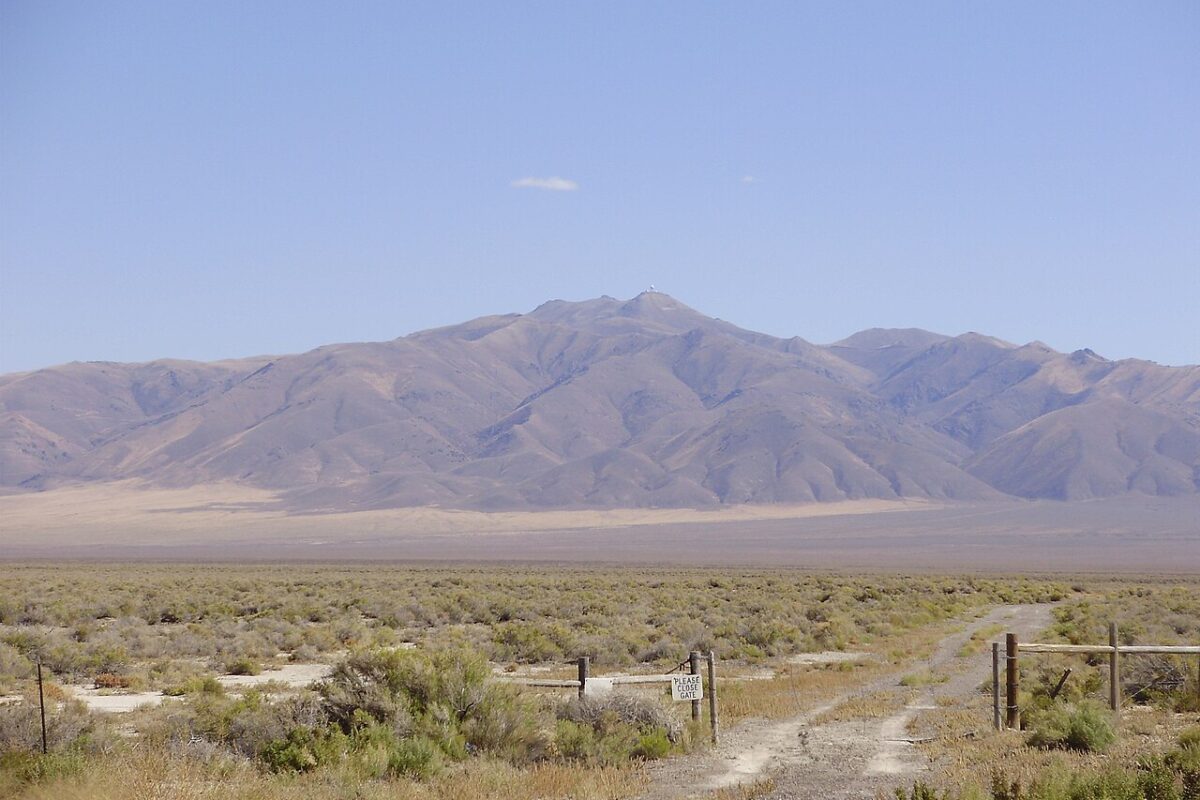Solar power developers need to explore using lower quality agricultural land for solar energy, incentivize dual-use options, avoid concentrated solar development, and engage communities, according to new research from Cornell University in New York.
Farmland is a prime target for solar development in part because it is generally flat and cleared, the researchers said in a forthcoming paper to be published in Renewable Energy.
The paper focused on New York State’s clean energy goals, which will require an additional 21.6 GW of utility-scale solar energy capacity. The researchers said that goal can’t be met without using lower-grade agricultural land and dual-use (agrivoltaics) options.
To date, around 40% of current solar energy capacity has been developed on agricultural land, the researchers found. In addition, 84% of land identified as suitable for future solar development – about 140 GW – is agricultural.
Keeping solar farms from becoming too concentrated will likely help mitigate negative economic activity. This kind of concentration leads to agricultural land conversion and then sparks a negative reaction for businesses that depend on farming.
The researchers found growing public opposition in rural communities to utility-scale development projects. Easing public concerns though community engagement is essential for sustainable growth of solar in New York, they said.
A big no
In a related development in early May, local officials in Culpeper County, Virginia unanimously rejected a 150 MW solar facility following a public comment period. Of the 30 people who spoke about the proposed plant, 23 opposed it. Some claimed that the project would ruin the rural nature of the area, the environment, and historic resources.
Meanwhile in Indiana, AEP Energy, a unit of American Electric Power, and Global Energy Generation signed a power purchase agreement enabling work to start on the first phase of the 1.65 GW Mammoth Solar project. The project would cover more than 12,000 acres in northwest Indiana. The developers are touting the benefits of removing farmland from active production, including reduced use of chemicals and fertilizers and the reduction of around 1 billion gallons a year of water used for irrigation.
The Cornell researchers found that in New York State, more than 80% of land containing large installations is private land where developers sign a lease with private landowners, then approach the broader community. This decide-announce-defend approach “arouses protective actions from the wider community,” the researchers said.
The researchers recommended that energy companies build a better relationship with the nearby community. They said it is “easier to engage and educate the community, rather than defend actions.”
This content is protected by copyright and may not be reused. If you want to cooperate with us and would like to reuse some of our content, please contact: editors@pv-magazine.com.









Time Out…!!!
Why does Agricultural Land Use and Solar Energy be a THIS-OR-THAT choice …. when it can be a THIS-AND-THAT TOO Solution.
By using AgriVoltaics (AV)…. one can Generate Electricity from 15-20ft high PV Structure Roofs, that also allow light to fall/trickle below, AND continue to produce food/carry out agriculture below….. a win-win for BOTH “needs/industries” and thereby help eliminate Pollution by using Solar Energy, and growing Agricultural Produce below…. AT THE SAME TIME AND ON THE SAME LAND…
Let’s put an end to this childish behavior, grow up and work together in optimizing use of FarmLand and enhancing Income for ALL…. as I said we do not need to choose between THIS -OR-THAT…. but have BOTH… THIS-AND-THAT ……..
My home county of Mercer County KY voted down a 150 MW array for agricultural issues and concerns over property values almost a year ago. This county has had stagnant economic growth for the past 20 years, and is considered to be in a state of decline. I agree with the comment made: this should be a “this AND that” mentality to develop discourse and discussion between agriculture and utility installers. There are benefits to both if developed properly.
Kentucky had a bill introduced this past legislative session that would prohibit utility size solar on agricultural lands. It was not brought to committee, but the seeds for discussion have been planted. We will just have to wait to see what the future will hold.